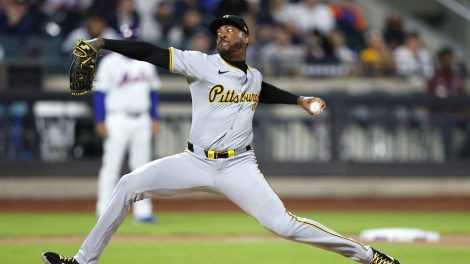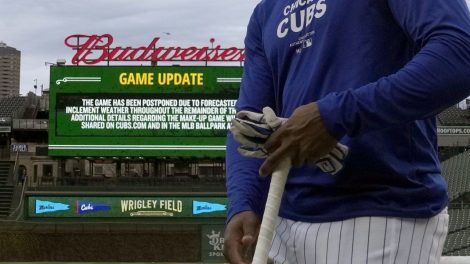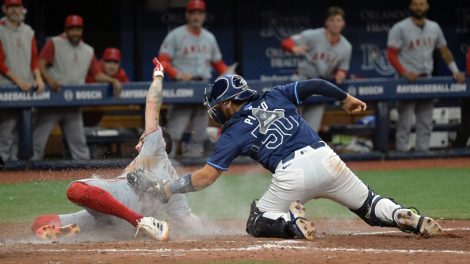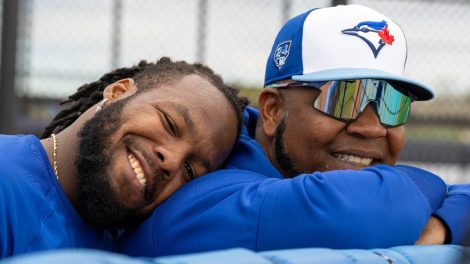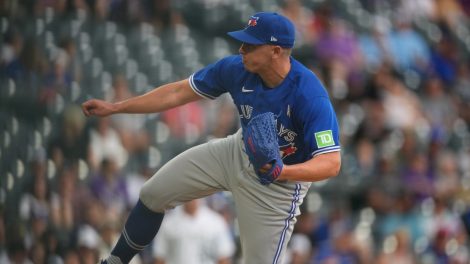DALLAS – Baseball’s run of labour peace will continue, as MLB’s players and owners reached a tentative five-year deal on a new collective bargaining agreement with hours to spare and the possibility of a lockout looming.
MLB announced Wednesday that the sides have agreed to a tentative deal spanning the 2017-21 seasons. Though some details have yet to be finalized and both players and owners will have to approve the agreement, baseball’s business can officially continue as usual.
New York Mets outfielder Curtis Granderson was among the many players encouraged to see the sides find common ground.
“A lot of consideration on the union side, a lot of understanding on the owners’ side and finally trying to get to a spot where you can hopefully be excited on both sides,” Granderson said.
Commissioner Rob Manfred and MLBPA executive director Tony Clark were both negotiating their first collective bargaining agreements, though both had previous experience in supporting roles. This time the sides wrapped up negotiations with just a few hours remaining before the current CBA expired.
After a late night of negotiating Tuesday, the sides re-convened for hours of apparently civil talks Wednesday. Clark met regularly with MLB’s lead negotiator, Dan Halem, as the sides exchanged ideas throughout the afternoon. Both sides appeared outwardly calm, even when an owner accidentally entered the wrong boardroom and unwittingly entered confidential MLBPA talks.
These details emerged in reports late Wednesday, suggesting considerable changes ahead:
• The luxury tax will rise from $189 million to the $195 million range for 2017 before increasing to $210 million by the end of the agreement. Teams can spend up to those thresholds without penalties. However, teams that spend more than $250 million will be taxed heavily, potentially up to 90 per cent, and those penalties could effectively operate as a soft cap.
• The qualifying offer will continue to exist, but it’s going to look much different starting next off-season. Teams will no longer have to surrender first-round picks to sign players who declined qualifying offers; instead, teams will give up third rounders if they’re under the luxury tax or second and fifth rounders if they’re over.
• The spending rules regulating international signing will also change, with a bonus cap worth approximately $5 million expected for all teams, according to ESPN’s Jayson Stark. The international draft opposed by many players will not be implemented.
• Rosters will remain at 25 players for the first five months of the season instead of expanding to 26, Joel Sherman of the New York Post reported.
• The revenue sharing system will also be changed and off days will be added to the schedule, among many other smaller changes.
Eventually the effects of those changes will become more apparent, but it’ll be a while before MLB teams and players get accustomed to them, let alone find the loopholes that will inevitably emerge.
Either way, the changes allow baseball to continue business as usual following a memorable 2016 season that included a storybook ending with the Chicago Cubs winning the World Series. The sport can now build on that success, sustaining year-round interest as hot stove season reaches its peak ahead of the Winter Meetings.
Just a week ago, owners were hinting at the possibility of a lockout. Now, both sides seem happy to preserve the momentum of a $10 billion industry with modest changes that ensure labour peace continues.




